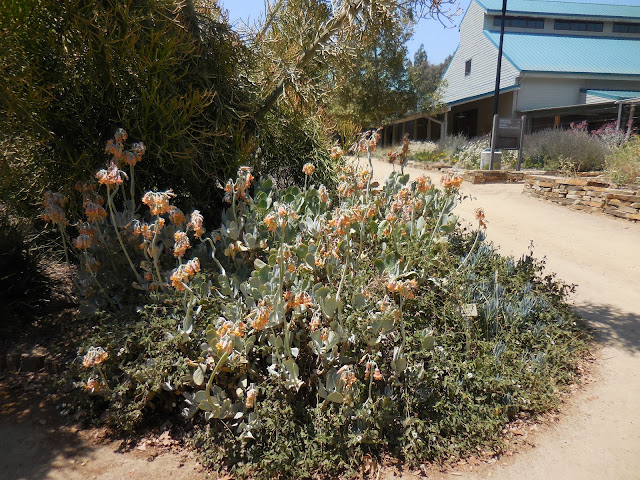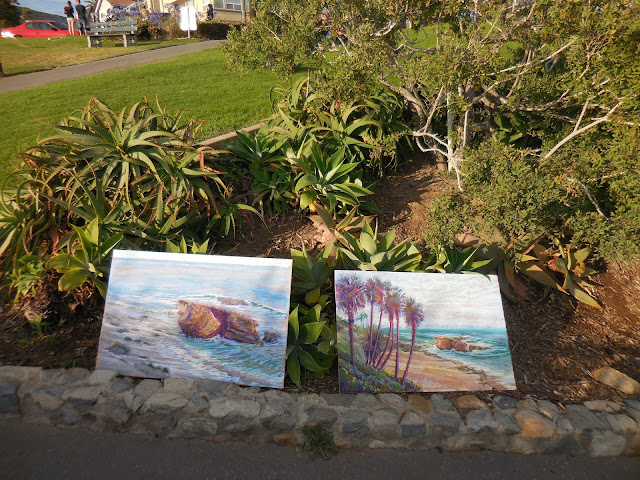 |
Every painting is different. There is no formula. This painting started with a big focus on the underlying colors that I wanted to show through.
Because of the crazy amount of detail within the pencil cactus it was necessary for a slow build up from the back to the front.
The changing light was going to be an issue with this painting because where I chose to set up my gear. The cast shadow on the plant was fast moving.
The orchestration of the different elements to the painting are building. The values start to become more concrete. The background colors are well established. The details are starting to emerge.
This painting is now the progression of all of these elements. Furthering the different components of the painting without overwhelming the balance between them and building for a strong finish requires focus, patience, and decisiveness.
As one aspect of the painting becomes dominant, I must balance it.
At this point in the painting I must rely on my memory and sense of what the painting was meant to mean. All of the observations that I have made up to now will aid me in the completion of the painting.
In some paintings you reach a point where there are difficult challenges to your intentions. In this painting that moment is how to approach the infinite detail of the pencil cactus behind the flower. The limitations of your skills will never progress if you do not push to overcome them. It is moments like these that I become energized with the possibilities. Instead of fearing this moment, I embrace this moment. In the face of obstacles you must be able to just go for it.
The following shots are detail excerpts from the painting. If you were to view them independent from their context within the whole of the painting they would appear to be abstract.
When all the abstract elements add up you get a painting that approaches some level of representationalism.
The freedom of expression necessary for this to work is mandatory. There is no room for second guessing it.
Now take a look at some of these photographs of the plant detail. If you were able to imagine these as pure shape and color and not as photographs would you be able to see the abstract nature of the detail within the context of the whole?
I believe that every abstract painting has some base in reality. I think the difference is the level of consciousness you are painting in.
The finished painting 24x36 soft pastel on board with pumice gel and acrylic underpainting.
 |
The value shot.
|
























































